When you hear the term “Japanese maple tree,” vibrant autumn landscapes and serene Japanese gardens might come to mind. These stunning trees, known for their vivid red and orange foliage, symbolize Japan’s deep connection to the changing seasons.
The Japanese maple tree (momiji in Japanese) is more than just a beautiful plant. It carries a rich history and cultural significance, rooted in centuries of tradition. Nowadays, its beauty extends beyond natural landscapes to include gardening and even digital media. For instance, the Japanese maple tree features prominently in the action game Nioh 2, where its presence enhances the game’s uniquely Japanese atmosphere.
In this article, we’ll explore the historical significance of the Japanese maple tree, its role in Japanese culture, tips for cultivating it, and how it appears in modern entertainment.
What Is the Japanese Maple Tree?
Characteristics of the Japanese Maple Tree
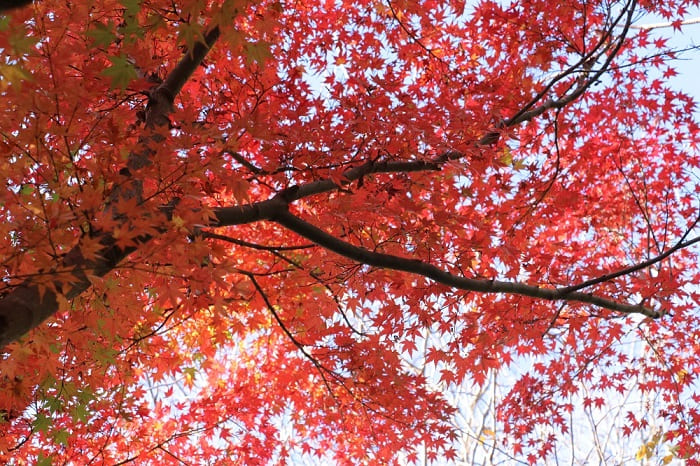
The Japanese maple tree belongs to the Acer family, with varieties featuring delicately lobed leaves. Its striking feature is its vibrant foliage, which transitions to shades of red, orange, and yellow during autumn.
Origin of the Name Momiji
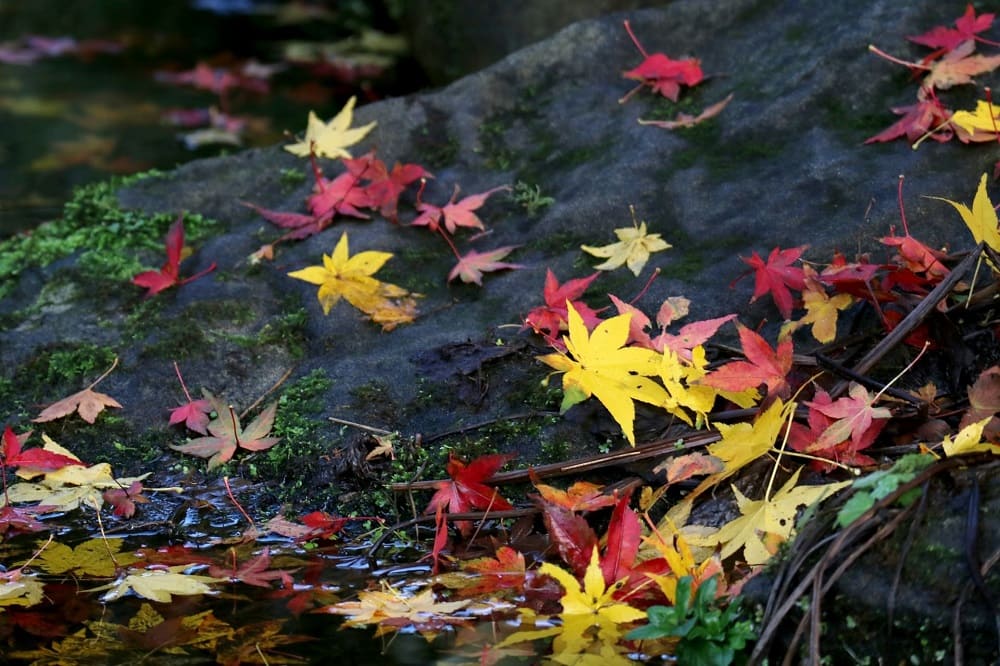
The Japanese name momiji refers to both the tree and its autumnal colors. It is thought to derive from the verb momizu, which means “to change color” or “to redden.” The name captures the tree’s transformation into a symbol of autumn.
Why It Is Loved in Japan
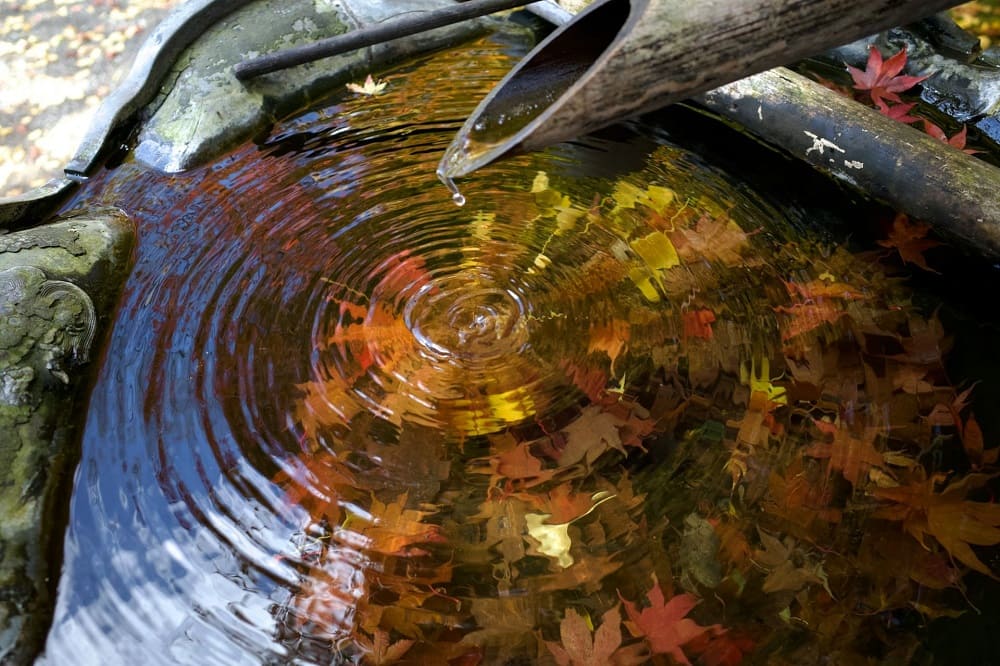
The Japanese maple tree is cherished for its ability to embody the fleeting beauty of nature. Its delicate leaves and stunning colors perfectly reflect the Japanese aesthetic concept of wabi-sabi, which appreciates impermanence and imperfection.
The History of the Japanese Maple Tree
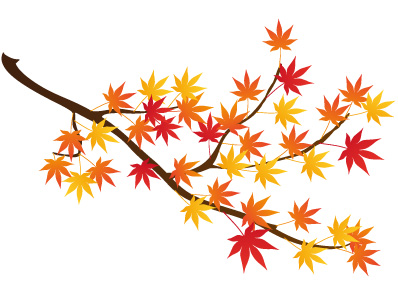
The Heian Period: Maple Trees in Noble Life
During the Heian period (794–1185), Japanese maple trees were a favorite among the aristocracy. At the time, these trees were not cultivated as garden plants but grew naturally in the mountains. Nobles traveled to scenic locations to enjoy momiji-gari (maple viewing), where they admired the vibrant colors and composed poetry inspired by the seasonal beauty.
Maple Trees in the Muromachi Period
The cultivation of Japanese maple trees began to flourish during the Muromachi period (1336–1573). Garden design became an art form, and maple trees were incorporated into Japanese gardens as essential elements. During this time, momiji-gari became more accessible to the public, allowing people from all walks of life to enjoy the beauty of autumn leaves.
Modern-Day Appreciation of Japanese Maples
Today, Japanese maple trees are a staple of parks, gardens, and public spaces throughout Japan. Famous maple viewing spots, such as Kyoto’s Arashiyama and Nara’s Mount Yoshino, attract millions of visitors annually. The tradition of momiji-gari has persisted, making the Japanese maple tree an enduring symbol of Japan’s connection to the seasons.
Can You Grow a Japanese Maple Tree?
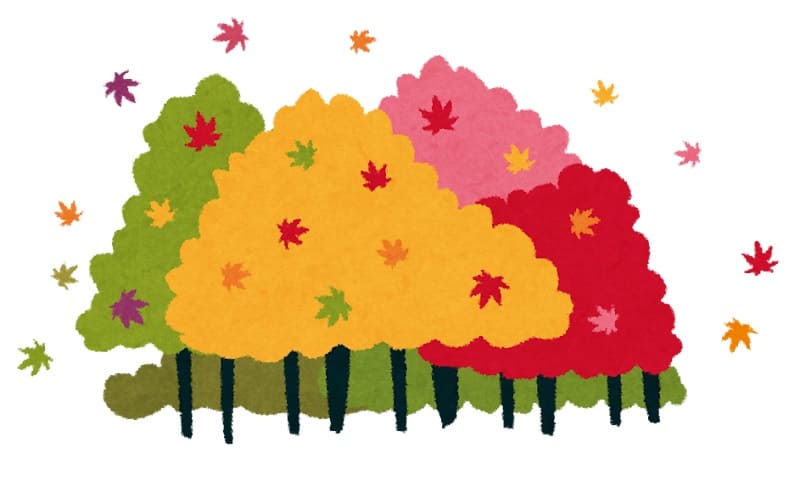
Tips for Growing Japanese Maples
Japanese maple trees are relatively easy to grow. They thrive in well-drained soil with plenty of sunlight, although they can also tolerate partial shade. Whether in a garden or a potted setting, these trees adapt well to various environments.
Enhancing the Tree’s Color

For the most vibrant autumn colors, expose your Japanese maple tree to cool nights and bright days in the fall. Proper watering and pruning are also key to maintaining a healthy tree.
Popular Varieties
Japan boasts many varieties of maple trees, including Acer palmatum and Acer japonicum. Each variety has unique characteristics, such as leaf shape, color, and size, allowing gardeners to choose the perfect tree for their space.
Japanese Maple Trees in Nioh 2
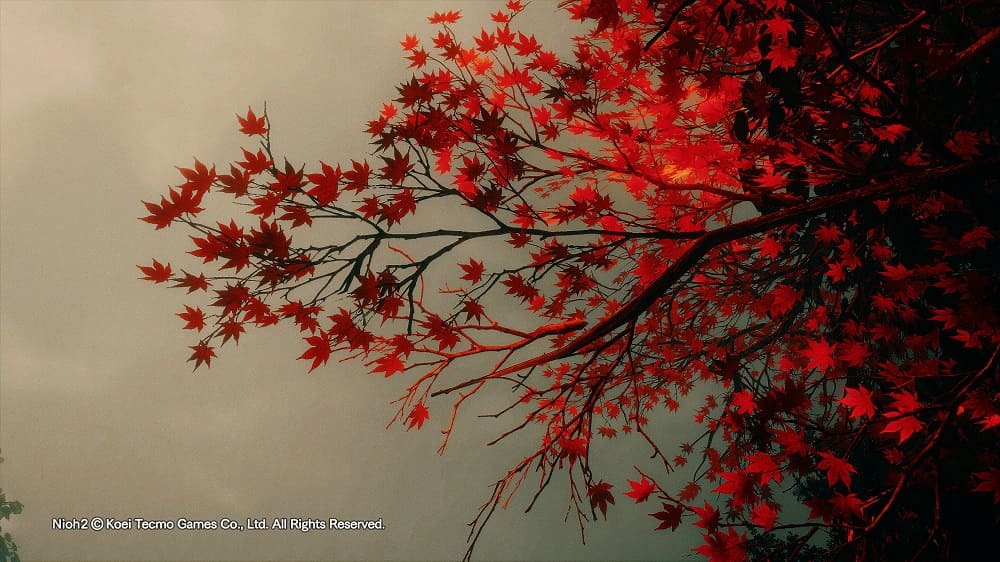
Maple Trees in the Game’s Atmosphere
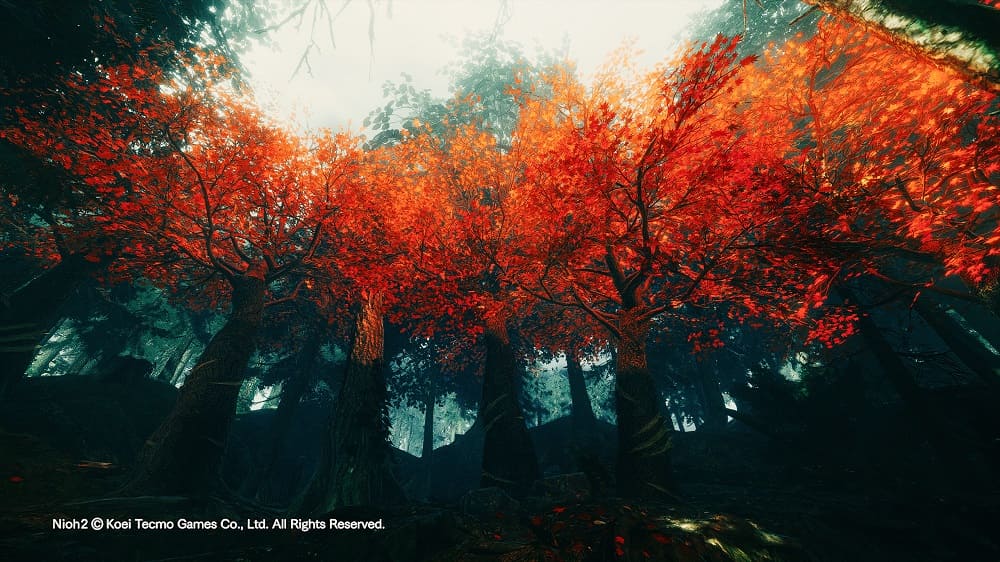
In Nioh 2, Japanese maple trees contribute to the game’s distinctively Japanese aesthetic. Their vibrant red leaves set the tone for mystical battlefields, blending natural beauty with the game’s supernatural elements.
Enhancing the Player’s Experience
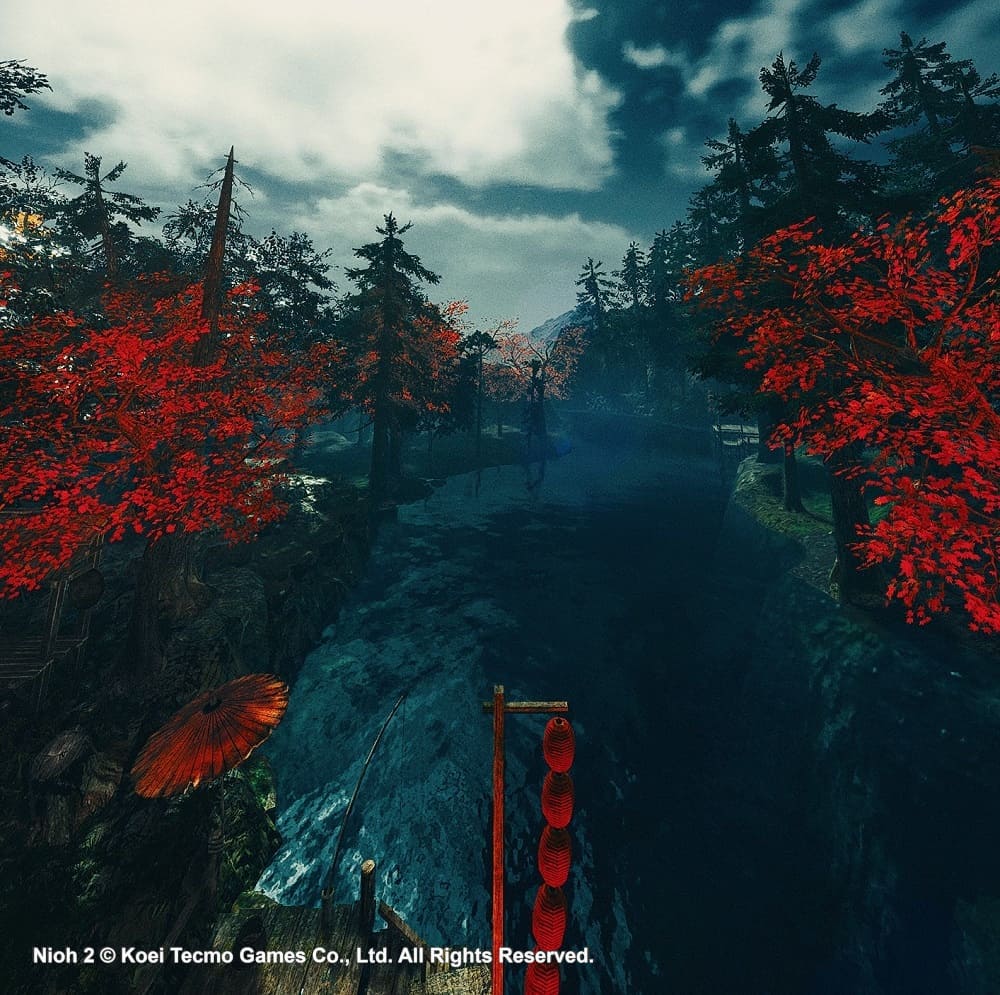
The Japanese maple trees in Nioh 2 create a serene yet eerie atmosphere, making battles feel both cinematic and immersive. This artistic use of momiji ties into the game’s themes of tradition and mystery.
Representing Japanese Culture

By incorporating Japanese maple trees, Nioh 2 introduces players worldwide to a significant cultural symbol. The trees not only serve as beautiful scenery but also evoke the emotional depth and artistry of Japanese traditions.
Conclusion
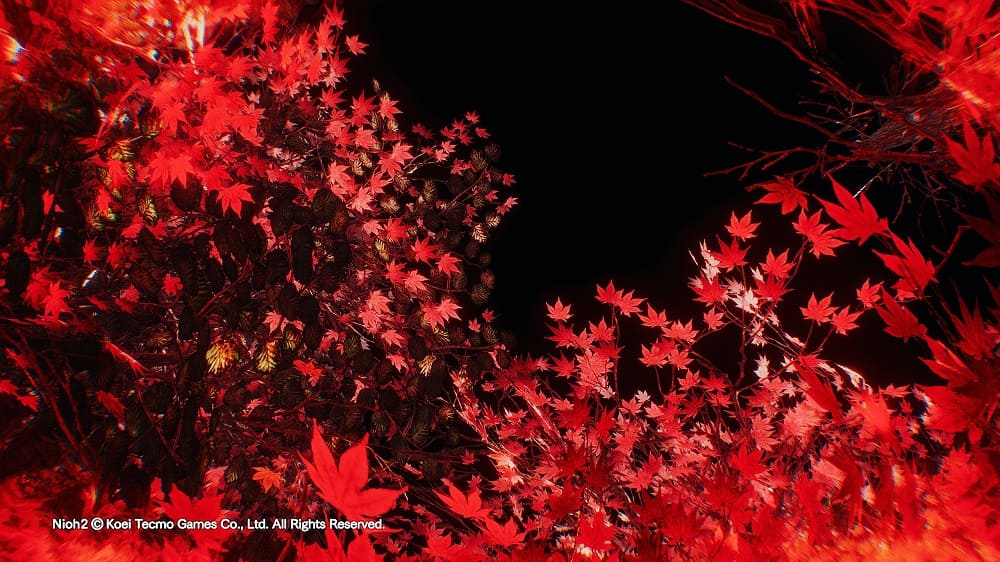
The Japanese maple tree is more than just a plant; it’s a cultural treasure. From its role in aristocratic traditions to its widespread appreciation in modern times, the momiji represents the beauty and impermanence of nature.
Whether planted in a garden, admired in a park, or featured in a game like Nioh 2, the Japanese maple tree continues to captivate hearts worldwide. Its vibrant leaves remind us of the fleeting nature of life and the importance of cherishing the moment.
If you ever have the chance, why not enjoy momiji-gari yourself? The radiant colors of Japanese maple trees are a sight you won’t soon forget.

I love the colors of this season!

If you are in Japan during fall season, make sure to take a moment to look at Momiji!

If you are interested in Japanese Maple trees and also love gaming, you may love these games!

Yes! Let’s play NIOH games!

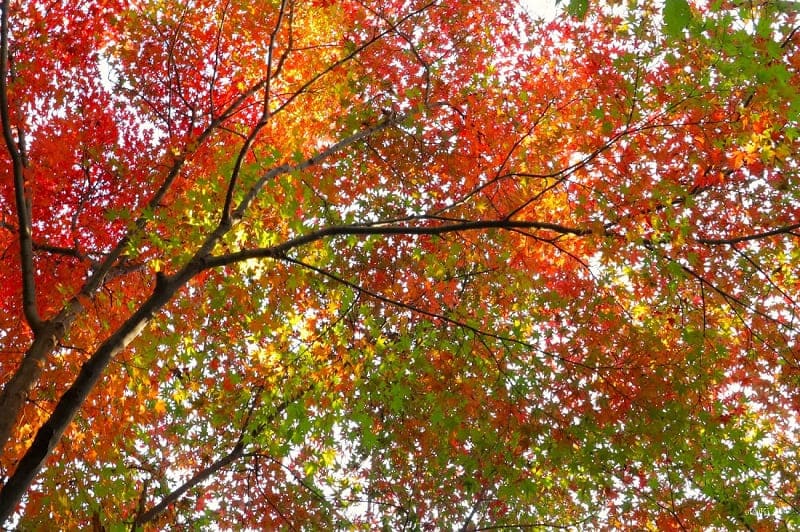
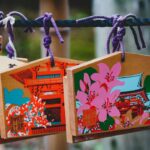

Comments